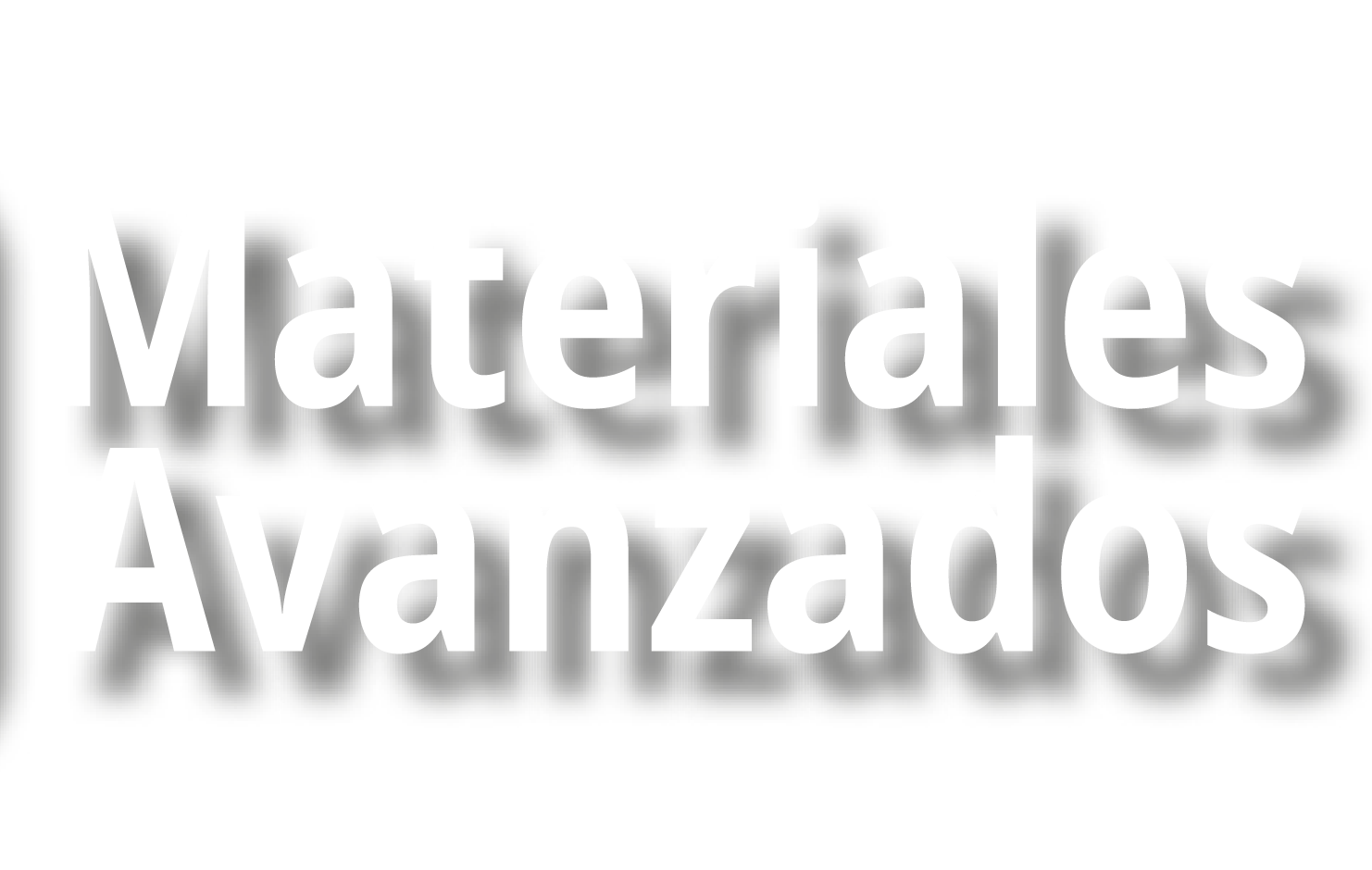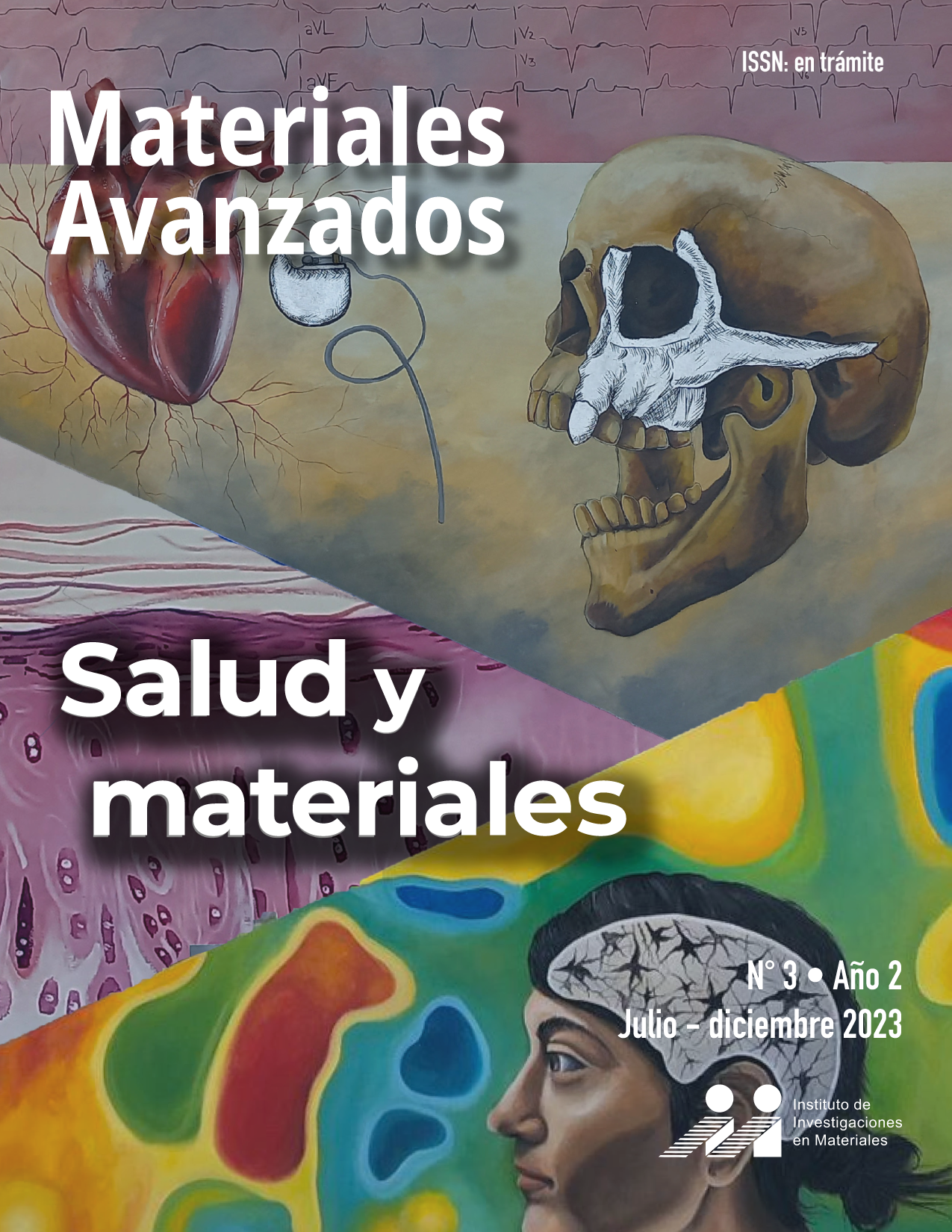Resumen
Los nanomateriales son materiales extremadamente pequeños, con dimensiones que se encuentran en el rango de 1 a 100 nanómetros. Esto les permite tener propiedades ópticas, eléctricas, magnéticas y mecánicas únicas, lo que los hace ideales para su empleo en la fabricación de automóviles. Dentro de la gran cantidad de autopartes que conforman un vehículo, los nanomateriales pueden aplicarse para mejorar todas ellas: varias partes del motor, estructura del automóvil, pintura, neumáticos, interiores, luces, parabrisas, baterías y componentes electrónicos, aunado al costo/beneficio que trae su implementación. Todo lo anterior tiene por objeto desarrollar vehículos más resistentes, seguros, ligeros y que disminuyan o eviten por completo la emisión de contaminantes. Con el uso de nanomateriales se pretende llevar a los automóviles a una nueva era.
Citas
M. Quintili. “Nanociencia y Nanotecnología... un mundo pequeño”. Cuadernos Del Centro de Estudios de Diseño y Comunicación (2019). https://doi.org/10.18682/cdc.v42i42.1430.
N. Baig, I. Kammakakam, W. Falath. “Nanomaterials: a review of synthesis methods, properties, recent progress, and challenges”. Materials Advances, 2(2021), 1821–1871. https://doi.org/10.1039/d0ma00807a.
V. Dhinakaran, M.V. Shree. “The Role and Applications of Nanomaterials in the Automotive Industry”. Nanomaterials and Nanocomposites (2021), 51–59. https://doi.org/10.1201/9781003160946-5.
M. Mansoor, M. Shahid. “Carbon nanotube-reinforced aluminum composite produced by induction melting”. Journal of Applied Research and Technology 14(2016), 215–224. https://doi.org/10.1016/j.jart.2016.05.002.
L. Busse, K. Peter, C.W. Karl, H. Geisler, M. Klüppel. “Reducing friction with Al2O3/SiO2-nanoparticles in NBR”. Wear 271(2011), 1066–1071. https://doi.org/10.1016/j.wear.2011.05.017.
W. Li, S. Zheng, B. Cao, S. Ma. “Friction and wear properties of ZrO2/SiO2 composite nanoparticles”. Journal of Nanoparticle Research 13(2010), 2129–2137. https://doi.org/10.1007/s11051-010-9970-x.
M. Kole, T.K. Dey. “Viscosity of alumina nanoparticles dispersed in car engine coolant”. Experimental Thermal and Fluid Science 34(2010), 677–683. https://doi.org/10.1016/j.expthermflusci.2009.12.009.
S.N.A. Yusof, N.A.C. Sidik, Y. Asako, W. Japar, A.A. Mohd, S.B. Mohamed, N.M. Muhammad. “A comprehensive review of the influences of nanoparticles as a fuel additive in an internal combustion engine (ICE)”. Nanotechnology Reviews 9(2020), 1326–1349. https://doi.org/10.1515/ntrev-2020-0104.
M. Pisarek, P. Kędzierzawski, M. Andrzejczuk, M. Hołdyński, A. Mikołajczuk-Zychora, A. Borodziński, M. Janik-Czachor. “TiO2 Nanotubes with Pt and Pd Nanoparticles as Catalysts for Electro-Oxidation of Formic Acid”. Materials 13(2020), 195. https://doi.org/10.3390/ma13051195.
N. Stafford. “Catalytic converters go nano”. Chemistry World (2007).
F. Uddin. “Effects of Clay in Nylon Fibe”. Journal of Physics: Conference Series, 2160(2022), 012002. https://doi.org/10.1088/1742-6596/2160/1/012002
F. Valentini, A. Pegoretti. “End-of-life options of tyres. A review”. Advanced Industrial and Engineering Polymer Research 5(2022), 203–213. https://doi.org/10.1016/j.aiepr.2022.08.006.
D. Bakošová, A. Bakošová. “Testing of Rubber Composites Reinforced with Carbon Nanotubes”. Polymers 14(2022), 3039. https://doi.org/10.3390/polym14153039.
A.N. Alkhazraji. “Enhancement of Mechanical Properties and Handling Characteristic of Tire Rubber Using Different Percentage of Nano Aluminum Oxide and Carbon Black”. International Journal of Nanoelectronics and Materials 11(2018), 263–270.
S.R. Adarmanabadi, M. Jafari, S.M.H. Farrash, M. Heidari. “Effect of nano clay, nano-graphene oxide and carbon nanotubes on the mechanical and tribological properties of crosslinked epoxy nanocomposite”. PLOS ONE 16(2021). https://doi.org/10.1371/journal.pone.0259401.
S.W. Choi, H.S. Cho, C.S. Kang, S. Kumai. “Precipitation dependence of thermal properties for Al–Si–Mg–Cu–(Ti) alloy with various heat treatment”. Journal of Alloys and Compounds 16(2015), 1091–1097. https://doi.org/10.1016/j.jallcom.2015.05.201.
P. Luque, D.A. Mántaras, A. Maradona, J. Roces, L. Sánchez, L. Castejón, H. Malón. “Multi-Objective Evolutionary Design of an Electric Vehicle Chassis”. Sensors 20(2020). https://doi.org/10.3390/s20133633.
S.K. Tiwari, S. Sahoo, N. Wang, A. Huczko. “Graphene research and their outputs: Status and prospect”. Journal of Science: Advanced Materials and Devices 5(2020), 10–29. https://doi.org/10.1016/j.jsamd.2020.01.006.
R. Goyal, M. Sharma, U. Kumar Amberiya. “Innovative Nano Composite Materials and Applications in Automobiles”. International Journal of Engineering Research & Technology, 3(2014), 3001–3009. https://doi.org/10.17577/IJERTV3IS10695
M.N. de Queiroz, A.M. de Oliveira Lima, M.E.G. Winkler, V.H. Fragal, A.F. Rubira, T. Sequinel, L. da Silva Ribeiro, F. Nunes de Souza Neto, E. Rodrigues Camargo, M.Z. Ferreira Arlindo, C. Saraiva Ogrodowski, L. Fernando Gorup. “Conductive nanopaints: A remarkable coating”. Nanotechnology in the Automotive Industry (2022), 429–449. https://doi.org/10.1016/b978-0-323-90524-4.00020-7.
M. Shafique, X. Luo. “Nanotechnology in Transportation Vehicles: An Overview of Its Applications, Environmental, Health and Safety Concerns”. Materials 12(2019). https://doi.org/10.3390/ma12152493.
E. Azmy, M.R.Z. Al-kholy, A.M. Al-Thobity, M.M. Gad, M.A. Helal. “Comparative Effect of Incorporation of ZrO2, TiO2, and SiO2 Nanoparticles on the Strength and Surface Properties of PMMA Denture Base Material: An In Vitro Study”. International Journal of Biomaterials 2022(2022), 1–10. https://doi.org/10.1155/2022/5856545.
S.M. Simon, A. Chandran, G. George, M.S. Sajna, P. Valparambil, E. Kumi-Barmiah, G. Jose, P.R. Biju, C. Joseph, N.V. Unnikrishnan. “Development of Thick Superhydrophilic TiO2–ZrO2 Transparent Coatings Realized through the Inclusion of Poly(methyl methacrylate) and Pluronic-F127”. ACS Omega 3(2018), 14924–14932. https://doi.org/10.1021/acsomega.8b01940.
Y. Dahman, N. Niznik, N. Sadyathasan. “Electronic and Electro-Optic Nanotechnology”. Nanotechnology and Functional Materials for Engineers (2017) 191–206. Elsevier. https://doi.org/10.1016/B978-0-323-51256-5.00009-5
H. Shaban. “Volkswagen used weather cannons at a plant in Mexico to protect cars from hail. Farmers say the devices caused a drought”. The Washington Post (2018). https://www.washingtonpost.com/technology/2018/08/24/volkswagen-used-weather-cannons-plant-mexico-protect-cars-hail-farmers-say-devices-caused-drought/
A. Law. “Mercedes-Benz Nano-Paint”. Auto123.Com (2003). https://www.auto123.com/en/news/mercedes-benz-nano-paint/46895/
O. Hossain, E. Rahman, H. Roy, M.D.S. Azam, S. Ahmed. “Synthesis, characterization, and comparative assessment of antimicrobial properties and cytotoxicity of graphene‐, silver‐, and zinc‐based nanomaterials”. Analytical Science Advances 3(2021), 54–63. https://doi.org/10.1002/ansa.202100041.
M. Guerrero Correa, F.B. Martínez, C.P. Vidal, C. Streitt, J. Escrig, C.L. de Dicastillo. “Antimicrobial metal-based nanoparticles: a review on their synthesis, types and antimicrobial action”. Beilstein Journal of Nanotechnology 11(2020), 1450–1469. https://doi.org/10.3762/bjnano.11.129.
D.S. de Almeida, L.D. Martins, M.L. Aguiar. “Air pollution control for indoor environments using nanofiber filters: A brief review and post-pandemic perspectives”. Chemical Engineering Journal Advances 11(2022). https://doi.org/10.1016/j.ceja.2022.100330.
A. Mullins-Jaime, T.D. Smith. “Nanotechnology in Residential Building Materials for Better Fire Protection and Life Safety Outcomes”. Fire 5(2022). https://doi.org/10.3390/fire5060174.
J. Mathew, J. Joy, S.C. George. “Potential applications of nanotechnology in transportation: A review”. Journal of King Saud University - Science 31(2019), 586–594. https://doi.org/10.1016/j.jksus.2018.03.015.
S.J. Pearton, F. Ren. “Advances in ZnO-based materials for light emitting diodes”. Current Opinion in Chemical Engineering 3(2014), 51–55. https://doi.org/10.1016/j.coche.2013.11.002.
E.F. Schubert, T. Gessmann. “Light Emitting Diodes”. Encyclopedia of Condensed Matter Physics (2005), 102–111. https://doi.org/10.1016/b0-12-369401-9/00498-8.
C.J. Zollner, S.P. DenBaars, J.S. Speck, S. Nakamura. “Germicidal ultraviolet LEDs: a review of applications and semiconductor technologies”. Semiconductor Science and Technology 36(2021). https://doi.org/10.1088/1361-6641/ac27e7.
W.J. Requia, M. Mohamed, C.D. Higgins, A. Arain, M. Ferguson. “How clean are electric vehicles? Evidence-based review of the effects of electric mobility on air pollutants, greenhouse gas emissions and human health”. Atmospheric Environment 185(2018), 64–77. https://doi.org/10.1016/j.atmosenv.2018.04.040.
F. Cesano, M.J. Uddin, K. Lozano, M. Zanetti, D. Scarano. “All-Carbon Conductors for Electronic and Electrical Wiring Applications”. Frontiers in Materials 7(2020). https://doi.org/10.3389/fmats.2020.00219.
R. Maheswaran, B.P. Shanmugavel. “A Critical Review of the Role of Carbon Nanotubes in the Progress of Next-Generation Electronic Applications”. Journal of Electronic Materials 51(2022), 2786–2800. https://doi.org/10.1007/s11664-022-09516-8.
A. Ali, F. Liang, J. Zhu, P.K. Shen. “The role of graphene in rechargeable lithium batteries: Synthesis, functionalisation, and perspectives”. Nano Materials Science (2022). https://doi.org/10.1016/j.nanoms.2022.07.004.
N.U.M. Nizam, M.M. Hanafiah, K.S. Woon. “A Content Review of Life Cycle Assessment of Nanomaterials: Current Practices, Challenges, and Future Prospects”. Nanomaterials 11(2021). https://doi.org/10.3390/nano11123324.

Esta obra está bajo una licencia internacional Creative Commons Atribución-NoComercial-SinDerivadas 4.0.
Derechos de autor 2023 Universidad Nacional Autónoma de México



